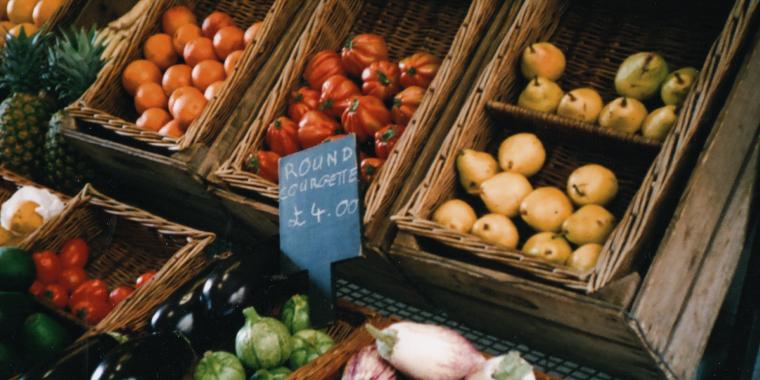
by Laura Toffolo, CAS policy officer (Financial Health team).
This article was first published in the Herald on 11 April 2022.
Having enough money to eat is an everyday concern for far too many Scots who often have to rely on foodbanks to get by.
Foodbanks provide a critical band-aid to prevent some of the worst consequences of food insecurity, but they don’t address its root causes. This is why we welcome the Scottish Government’s national plan for ending the need for foodbanks, with its emphasis on prevention as well as response - meaning it intends to tackle the reasons for food insecurity. But what are they, and how do we tackle them?
Food insecurity doesn’t happen in isolation. For many people, the overall cost of living is simply too high, and incomes are not keeping up. This means having to make difficult choices between – for example – topping up their energy meter and buying that week’s shop. It is difficult decisions like these that culminate in people queuing outside foodbanks.
This has been a common story for CAB clients for years. A snapshot of CAB debt management client’s budgets between April 2020 and March 2021 found that more than two in every five did not have enough income to cover their necessary monthly living costs. The maths simply did not add up. For these clients, decisions like the one described above are likely to have been a monthly occurrence. If you have filled your petrol tank recently, received your council tax bill, or submitted a meter reading, you might have noticed that prices are going up.
2022 is set to be defined by a very sharp increase in living costs. To top this off, many people have already experienced an income drop - from the £20 cut to Universal Credit and end of furlough last Autumn to increases to National Insurance this spring. If the maths didn’t add up in 2020/21, things are not set to look any better in 2022/23.
These factors combined will affect people’s ability to purchase food. Food poverty campaigner Jack Monroe recently demonstrated that current inflation has disproportionately affected low price foods, using the example of pasta in her local supermarket which rose from 29p to 70p over the course of a year. Under these metrics, the official estimates of 5.5% inflation don’t come close to reflecting how price rises are actually hitting low income households.
The same goes for energy. From the beginning of this month, energy bills will rise by over 50% -almost ten times the estimated rate of inflation. We are also concerned about housing costs. Social sector rents have been increasing more than twice as fast as inflation. And for some low-income households, private sector rents can be over half of their household income.
So, to end the need for foodbanks long-term, we need to make sure that people have enough income to meet ALL their living costs. This means putting more money in people’s pockets and reducing the cost of living so that this money goes further.
Our message to anyone worried about the cost of living is to get advice, and we’ll help however we can.
However, we also need to see more action from the UK and Scottish Governments to address the rising cost of living. Otherwise foodbanks will be needed for a long time to come.
